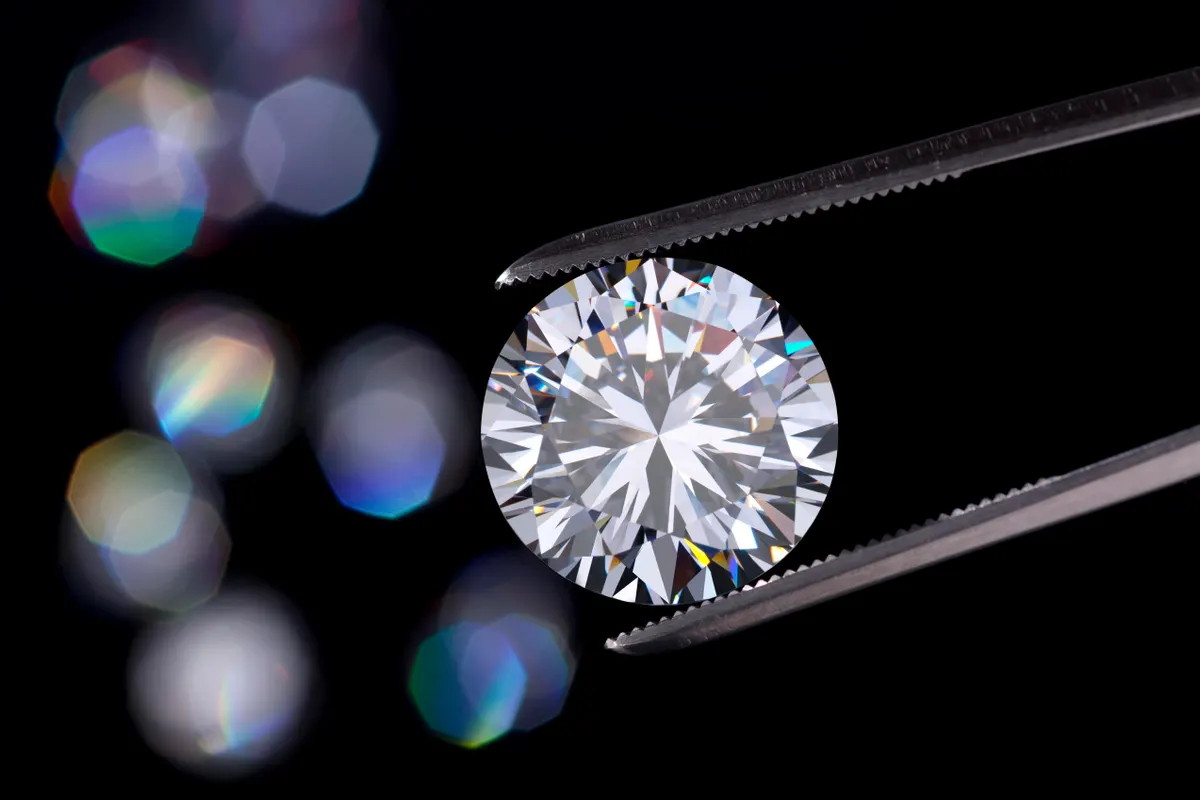
Diamonds have long been associated with luxury, status, and wealth. However, the diamond industry has been plagued with issues related to ethics, sustainability, and human rights violations. This has led to the rise of lab-grown diamonds as a viable alternative to mined ones. In this article, we will explore how they are changing the industry for the better.
Introduction to Lab Grown Diamonds
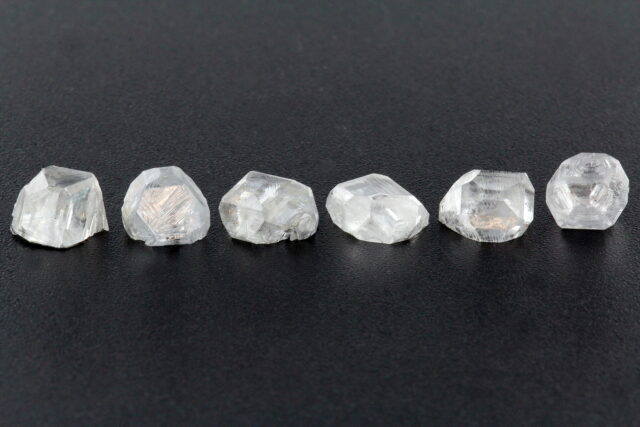
They are created in a laboratory setting using advanced technology that replicates the natural diamond-growing process. The process involves placing a tiny diamond seed into a high-pressure, high-temperature chamber where it is subjected to extreme heat and pressure. This causes the carbon atoms to bond together and form a crystal lattice structure, which results in a diamond.
Sustainability and Environmental Benefits of Lab Grown Diamonds
One of the major advantages of lab-grown diamonds is their sustainability. Mined ones require extensive mining operations that result in significant environmental damage, including deforestation, soil erosion, and water pollution. In contrast, lab-grown ones have a much lower environmental impact as they are created in a controlled environment using renewable energy sources.
Furthermore, they produce significantly fewer greenhouse gas emissions compared to mined ones. A study conducted by Frost & Sullivan found that the carbon footprint of a one-carat lab-grown diamond is 39% lower than that of a mined one. This makes them a much more eco-friendly option for consumers who are concerned about the environment.
Lab Created Diamonds: Availability and Future Outlook
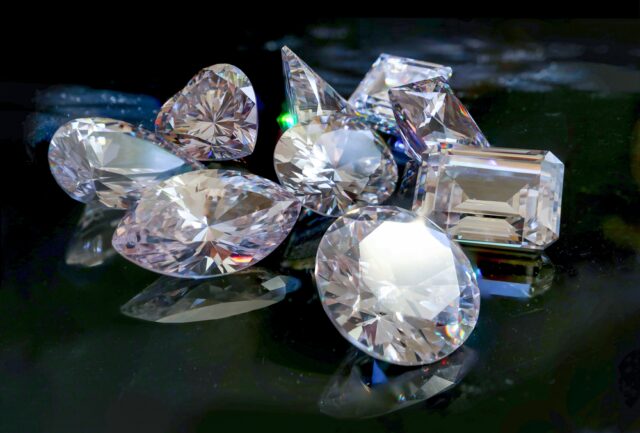
Lab created diamonds UK are becoming increasingly popular, and there are several companies that specialize in their production and sale. These companies offer a wide range of these diamonds in various sizes, shapes, and colors.
The future outlook for these diamonds in the UK is positive. The market for them is expected to grow at a compound annual growth rate of 7.8% between 2021 and 2028. This growth is driven by increasing consumer demand for sustainable and ethically sourced diamonds.
Ethical Considerations and Human Rights Issues in the Diamond Industry
This industry has long been associated with human rights violations, including forced labor, child labor, and unsafe working conditions. In addition, many diamond mines are located in countries with weak labor laws and corrupt governments, making it difficult to enforce ethical standards.
Lab-grown diamonds, on the other hand, are produced in a controlled environment that eliminates the risk of human rights violations. Furthermore, they are typically traceable back to their origin, providing consumers with greater transparency and peace of mind.
Cost Comparison: Lab Grown Diamonds vs. Mined Diamonds
One of the most significant advantages of lab-grown diamonds is their cost. They are typically priced 30-40% lower than mined ones of the same size and quality. This makes them a more affordable option for consumers who are looking for high-quality diamonds at a lower cost.
In addition, they offer greater value for money as they are typically free from the flaws and inclusions that are common in mined ones.
Lab Grown Diamonds: Quality and Availability
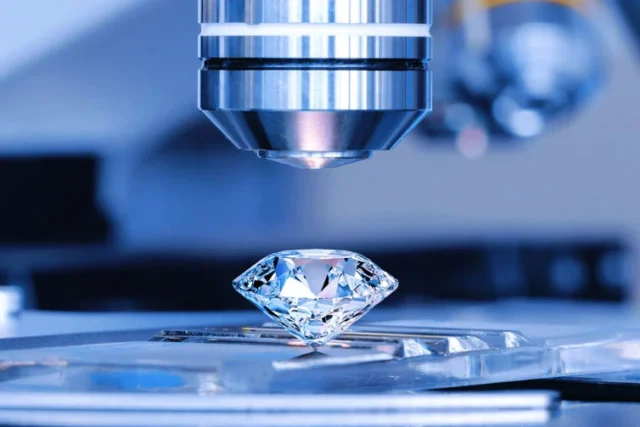
One of the misconceptions about lab-grown diamonds is that they are of lower quality than mined ones. However, this is not true. They are chemically and physically identical to mined ones, and they possess the same optical and physical properties.
In fact, they offer several advantages over mined ones in terms of quality. For example, they are typically free from inclusions and other flaws that are common in mined diamonds. This means that they have a higher clarity grade and a more consistent quality.
Furthermore, they are available in a wider range of colors and sizes than mined ones. This makes it easier for consumers to find the perfect diamond for their needs.
Innovative Applications of Lab Grown Diamonds
Lab-grown diamonds are not just limited to traditional jewelry applications. They are also being used in innovative ways, such as in the electronics and medical industries. For example, they are used in cutting-edge medical equipment, including surgical tools and dental drills.
They are also being used in the development of quantum technology. Diamonds are an ideal material for quantum computing due to their unique properties, including high thermal conductivity and the ability to trap electrons. Researchers are using lab-grown ones to create quantum sensors, which could have applications in fields such as defense and telecommunications.
Lab Grown Diamonds and Consumer Preferences

As consumers become more aware of the environmental and ethical issues associated with mined diamonds, there has been a shift towards lab-grown diamonds. A study conducted by MVI Marketing found that 66% of consumers would consider buying a lab-grown one.
Furthermore, lab-grown diamonds offer greater customization options than mined ones. They can be created in a variety of shapes and colors, and they can also be engraved with personalized messages or designs. This makes them a popular choice for engagement rings and other special occasions.
While they are not without their challenges, such as the high energy consumption required for their production, the benefits far outweigh the drawbacks. As technology continues to advance, the production process for them is becoming more efficient, reducing the environmental impact and making them an even more attractive option for consumers.
The industry is also starting to take notice of the benefits of lab-grown diamonds, with some major players now investing in their own production facilities. This shift towards them is not just a passing trend, but a long-term change in the industry. As consumer preferences and technology continue to evolve, they are poised to become the diamond of choice for a new generation of conscious and environmentally aware consumers.
Conclusion
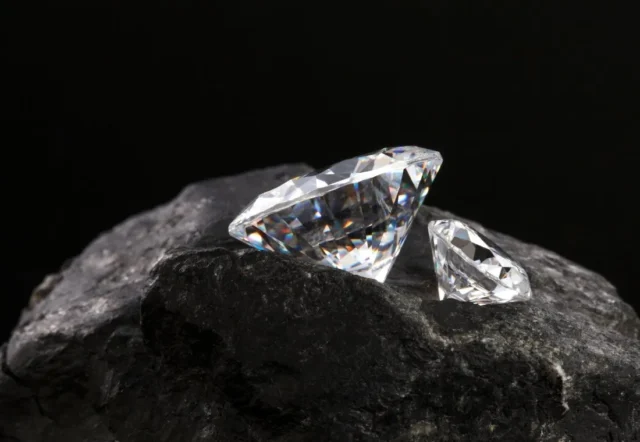
Lab-grown diamonds are a game changer in the industry. They offer a more sustainable and eco-friendly option for consumers who are concerned about the environment. They also provide greater transparency and ethical standards, eliminating the risk of human rights violations.
Furthermore, they are of the same quality as mined ones and are available at a lower cost. With their many advantages, it is no surprise that they are becoming increasingly popular in the UK and around the world. As the market for them continues to grow, we can expect to see even more innovative applications and uses for this remarkable material.









